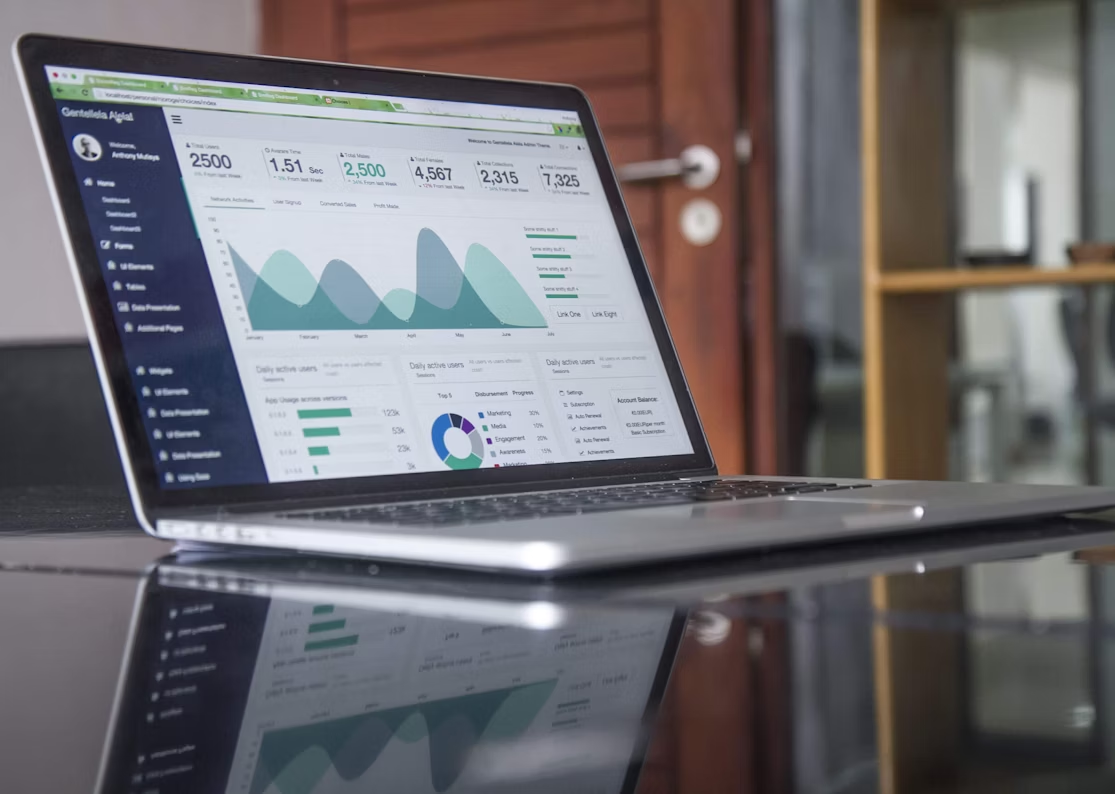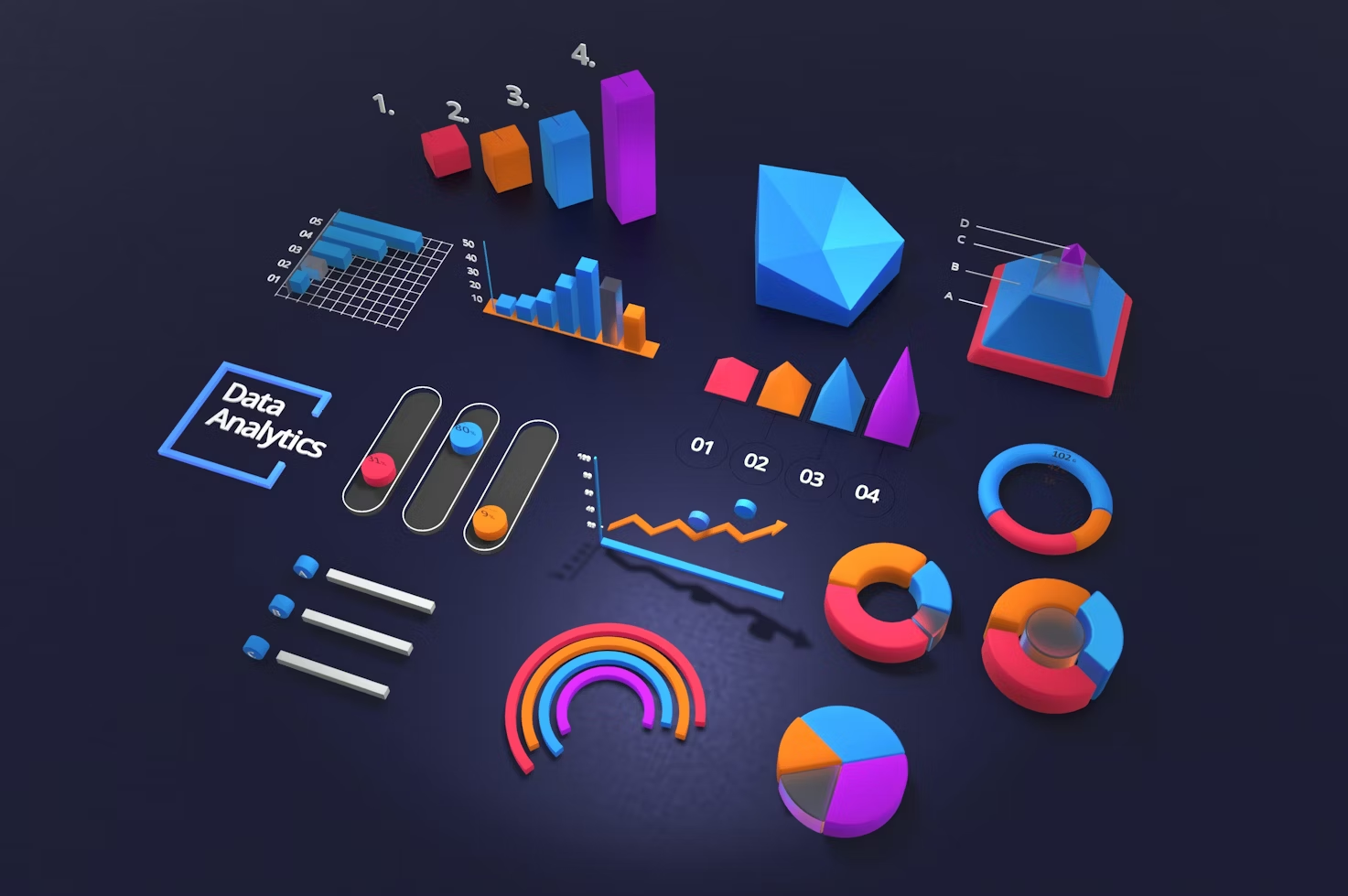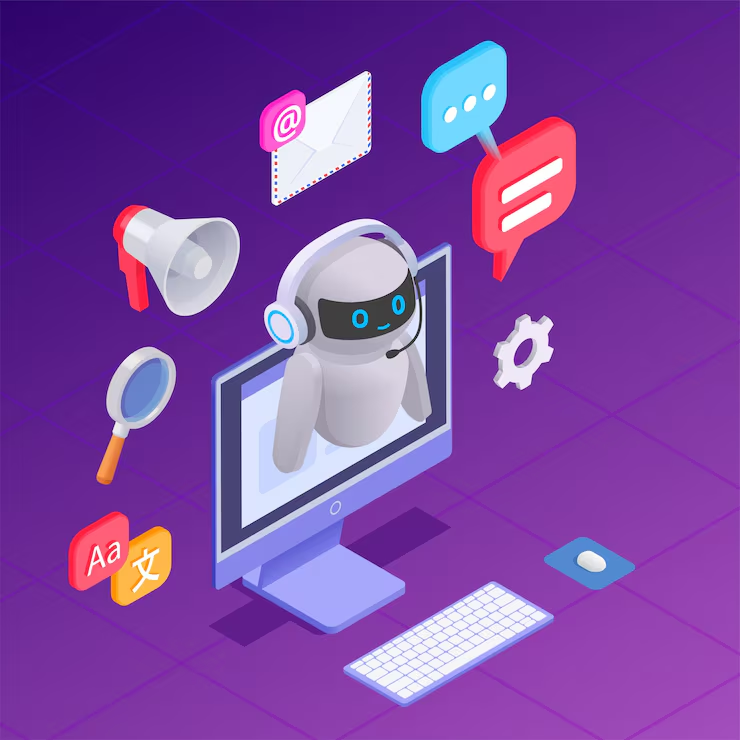For years, business intelligence (BI) tools delivered dashboards and reports that helped organisations monitor what happened. But as business environments evolve with faster data, more complexity, and higher expectations — traditional BI is showing its age.
Studies now argue that legacy BI isn’t just struggling — in many respects it’s already outdated. (RTInsights)
In contrast, platforms like datatoinsights.ai are built from the ground up for the demands of today: semantics, conversation, mobility, real-time, and business context.
In this post we’ll:
- Explore the core limitations of traditional BI
- Explain the new demands on analytics in the enterprise
- Show how datatoinsights.ai meets those demands
- Outline practical steps to transition successfully
The Fatal Limitations of Traditional BI
Here are key reasons why legacy BI tools are becoming a liability rather than an asset.
1. Built for historical, static reporting Traditional BI tools were designed to answer “What happened?” rather than “What’s happening now?” or “What should we do?”. (IT Convergence) They are batch-oriented, rely on pre-built dashboards and scheduled updates, which limits responsiveness.
2. Inability to handle modern data complexity Modern enterprises deal with streaming data, unstructured sources, cloud/hybrid environments, and high volume. Legacy BI often fails in these areas: limited scalability, performance bottlenecks, and inability to manage new data types.
3. Minimal semantics & business context Dashboards often show numbers without fully capturing business meaning, semantics or definitions. If two teams interpret “customer engagement” differently, the BI tool won’t necessarily reconcile that. This gap undermines trust.
4. Poor accessibility and mobility Business users expect to ask questions on the go, on their mobile devices, in natural language — not navigate complex dashboards or wait weeks for a new view. Traditional BI struggles to meet these expectations.
5. IT/analyst bottleneck & low adoption Many BI projects produce thousands of dashboards, but the vast majority remain unused because business users can’t easily find what they need or ask their own questions. One commentary claims:
“Businesses spent billions building dashboards that essentially serve as digital shelf-ware.” That means low return on investment and frustrated users.
6. The rise of expectations: real-time, predictive, conversational Users now expect analytics that are embedded, conversational, predictive, and actionable — not just static pictures of the past. Trends show natural-language interfaces, self-service, semantic layers and augmented analytics rising fast. (Vuelitics)
Traditional BI cannot keep up with those demands.
What the New Analytics Era Requires
To succeed today, analytics must support several key capabilities:
- Semantic awareness: Business definitions, metrics, and dimensions must be consistent and transparent.
- Conversational interface: Users should be able to ask questions in plain language — the system should respond with insights, explanations, and next-step suggestions.
- Real-time and mobile readiness: Analytics must be available on the go and responsive to evolving business conditions.
- Intelligence, not just visuals: Go beyond dashboards — support predictive and prescriptive analytics, anomaly detection, and context-aware recommendations.
- Governance and trust: Ensure transparent lineage, access controls, semantic consistency, and full auditability.
- Embedded accessibility: Deliver analytics within workflows and applications, not just through separate dashboards.
These requirements point to a new breed of analytics platform — one that moves beyond the limitations of traditional BI.
Here’s how datatoinsights.ai addresses those gaps and delivers modern analytics.
Semantic Layer & Business Understanding
datatoinsights.ai builds a semantic layer that captures business definitions, metrics, synonyms, dimensions, and relationships — so when a user asks “Why did churn go up?”, the system knows which metric, which time-frame, and which dimension.
This ensures consistent business meaning and improves trust in results.
Conversational, Mobile & On-the-Go
Users can ask questions naturally (spoken or typed) and receive insights through mobile-friendly interfaces.
This enables decision-making anywhere, not just at a desktop dashboard.
Real-Time and Context-Aware Insights
Because the platform supports modern data stacks, large volumes, and streaming or near-real-time data, users get timely insights — not stale snapshots.
Intelligence Beyond Reporting
The platform doesn’t just visualize; it interprets.
It surfaces anomalies, suggests causation, and recommends actions — delivering analytics that guide, not just display.
Embedded and Workflow-Oriented
Insights are surfaced where decisions are made — inside operational systems, embedded apps, and mobile interfaces — so analytics becomes part of the flow rather than a separate task.
Governance, Transparency & Trust
Every insight includes metric definitions, dimensions used, filters applied, data lineage, and access controls.
This builds trust crucial for non-technical users and leadership.
Transitioning from Traditional BI to Intelligent Analytics
To make the shift, consider this roadmap:
-
Audit your current BI estate:
Assess how many dashboards you have, how many go unused, what your data latency looks like, and where business definitions conflict. -
Define your business metrics and semantics:
Clarify what terms like “active customer” mean. Define your dimensions, business entities, and relationships. -
Select one domain to start:
Begin with a focused area (e.g., sales performance or customer retention) to prove value before scaling. -
Introduce conversational analytics & mobile access:
Enable users to ask questions naturally and receive instant, contextual answers. -
Embed analytics into workflows:
Integrate insights directly into mobile apps, CRM, and operational platforms to make analytics actionable. -
Focus on training, change management, and trust:
Help users understand how the system works, why results are valid, and how to act on insights confidently. -
Scale across domains:
Once early successes are proven, expand to marketing, operations, and finance — embedding predictive and prescriptive capabilities. -
Retire unused dashboards and reduce technical debt:
As modern analytics adoption grows, decommission legacy dashboards that no longer add value.
conclusion
The era of static dashboards and legacy BI tools is giving way to a new paradigm — analytics that are intelligent, mobile, semantic-aware, and embedded directly into decision workflows.
Traditional BI isn’t just outdated anymore — it’s become a barrier to agility, trust, and real-time insight.
With datatoinsights.ai, you can leapfrog the limitations of legacy BI and embrace a platform designed for today’s needs — combining semantics, conversation, mobility, intelligence, and governance into one unified experience.
If you’re still relying on hundreds of dashboards, waiting for weekly reports, or asking analysts for one-off queries, it’s time to ask:
Are we still doing traditional BI — or are we ready for truly intelligent analytics?
Key Takeaway
- Traditional BI is becoming obsolete — static dashboards and pre-built reports can’t meet modern demands for speed, scale, and intelligence.
- Today’s enterprises need analytics that are semantic, conversational, real-time, mobile, and trusted.
- datatoinsights.ai delivers this shift by combining:
- Semantic Layer & Business Understanding — ensures consistent, trusted definitions and metrics.
- Conversational & Mobile Analytics — lets users ask questions naturally and get answers instantly, anywhere.
- Real-Time, Context-Aware Insights — connects to live data for timely, relevant intelligence.
- Intelligent Analytics Beyond Reporting — surfaces anomalies, suggests causes, and recommends actions.
- Embedded, Workflow-Oriented Insights — integrates analytics into everyday tools and decisions.
- Governance & Transparency — every result includes definitions, lineage, and access controls for trust.
- Moving forward means auditing your BI estate, defining semantics, piloting conversational analytics, and embedding insights into operations.
- The goal isn’t just replacing dashboards — it’s elevating analytics from reporting to reasoning.






